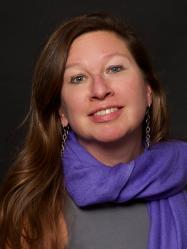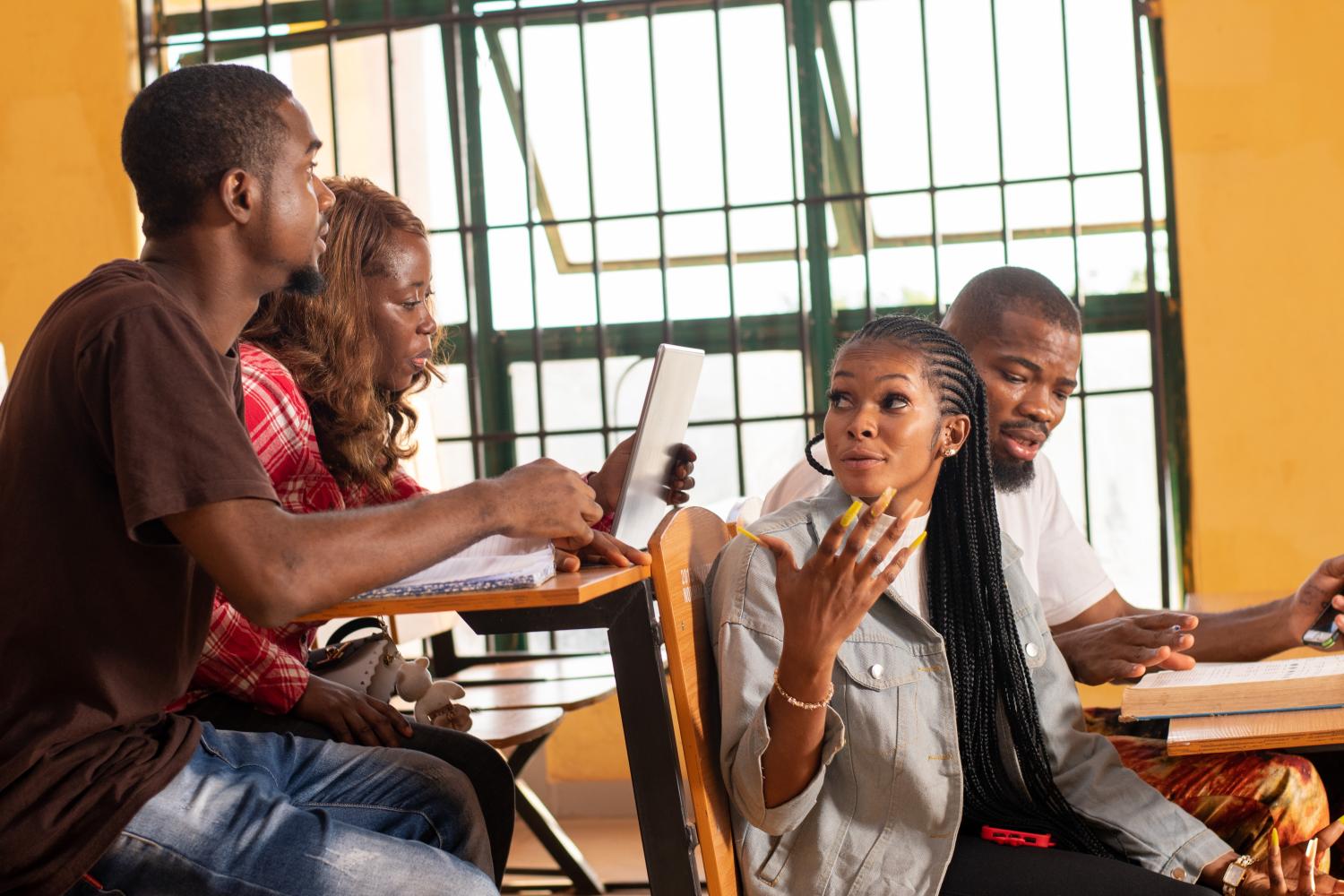This essay is part of “The SDG second half: Ideas for doing things differently.”
A large share of the human rights community does not yet embrace—let alone know about—the Sustainable Development Goals (SDGs). Ambivalence is driven in part by the voluntary nature of the SDG agenda, as opposed to one shaped by legal requirements. At the same time, however, a downbeat cottage industry has developed around pessimistic themes such as the “end times” of human rights and a failed, last “utopia.” The pessimism stems from what appears to be overreliance on these same legal remedies that in so many cases fail to stem impunity or address inequality.
A new approach requires a paradigm shift in the frameworks that currently dominate human rights.
Innovations in higher education offer a pathway to advance the closely aligned endeavors of creating peaceful, just, and inclusive communities. Universities have a critical role to play in generating a refreshed approach to human rights that includes SDG literacy, helping to grow what I call Cohort 2030.
What would such a paradigm shift look like?
- First, the SDG watchwords “Leave No One Behind” (LNOB) should be embedded in human rights education. LNOB is fundamentally a call for human rights to be respected universally; the SDGs apply everywhere to everyone. The SDGs help broaden attention beyond political rights and elevate socioeconomic ones, which during the Cold War, became enmeshed in East-West power struggles and were subsequently downplayed, at least in the United States. The pandemic has laid bare the urgent need to address social justice gaps and socioeconomic inequities in the Global North as well as in the Global South. In fact, these issues are bound up with tackling much of what imperils democracy in the United States today.
- Second, human rights education should focus on SDG localization and translation in specific contexts (sometimes referred to as “vernacularization” in the rights literature). The general lack of localization has been diagnosed by human rights scholars as a significant barrier to the realization of rights. When viewed as global and abstract rather than local and experienced by people, the disconnect contributes to both the need to “rescue” the SDGs and the end-times-for-human-rights zeitgeist. Localizing the SDGs, as has occurred in a number of cities around the world, has resulted in innovation and practical applications that directly and positively impact communities.
- Third, related to both LNOB and localization, human rights and sustainable development research and coursework should increasingly incorporate and generate people-centered data ecosystems, including community data portals that use open-source software and are derived with the input of local community members. During the 2021 flagship 17 Rooms process, co-hosted by the Brookings Center for Sustainable Development and The Rockefeller Foundation, this was a distinct recommendation from rights experts focused on advancing SDG 16. Disaggregated data that reveal local communities’ social justice gaps are necessary (along with policies and funds) to enable more just transitions post-pandemic—which to date, based on research in several North American cities, has not occurred. In the United States, the White House executive order on equity and data that recently went into effect could be a game changer helping generate such ecosystems.
These three steps would link the Universal Declaration of Human Rights, now in its 75th year, with the SDGs, in addition to the numerous subsequent treaties and laws which students still need to learn. The idea of combining the SDG and human rights agendas has already been highlighted, for example, by the United Nations in its Fourth Phase (2020-2024) of the World Programme for Human Rights, albeit with scant specificity. It would also be fully consistent with a recent study by the U.S. National Academies of Sciences, Engineering, and Medicine on higher education and the SDGs, which recommends “field building” regarding sustainable development.1 Best of all, it would drive demand for progress not only on SDG 16 (justice) but on the other people-focused SDGs too. The second half of the SDG era needs to create a sustainable future in which rights are realized for all.
The Brookings Institution is committed to quality, independence, and impact.
We are supported by a diverse array of funders. In line with our values and policies, each Brookings publication represents the sole views of its author(s).




